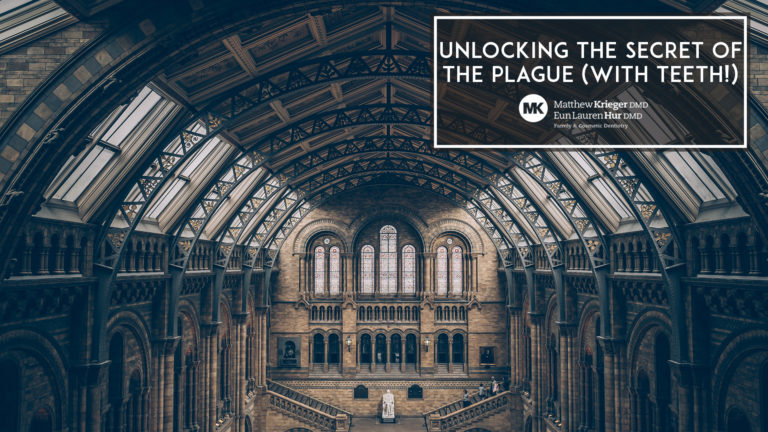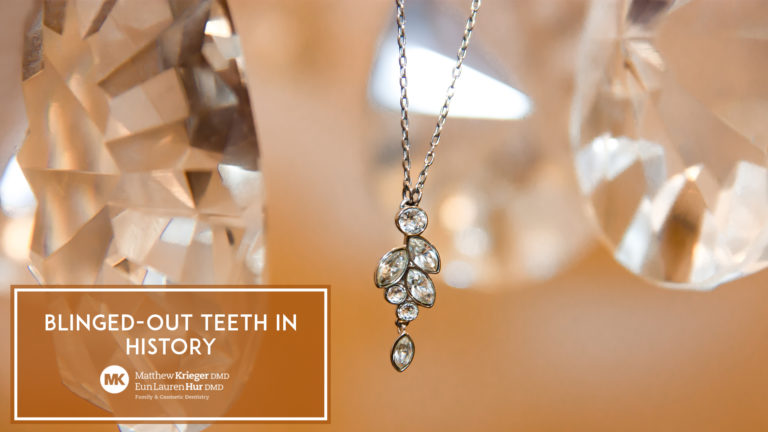High school students everywhere know that teeth can tell them things about the diet of the creatures that used them. Pointy teeth like canines might be for tearing meat, where flat, crushing teeth like molars are useful for grinding up fibrous plant materials. As it turns out, there’s even more that fossilized teeth can tell us about our distant past and our path to today’s mouth.
Tooth Chemistry and Carbon Isotopes
Archaeologists often use techniques like carbon dating to figure out just how old a biological specimen is, but they can now take similar techniques and learn with more precision just what kinds of things were eaten based on the isotopes present in tooth enamel. Carbon isotopes play a big part in this, just like they do in the more familiar carbon dating process.
C-12 and C-13 isotopes tell a story of food in a way we hadn’t considered until recently — and it was all because of a clever use of chemistry. Because grasses and sedges contain a lot of C-13 in their cells, which become part of the cells of the animals that eat them, it’s easy to see when these plants make up a major part of the diet. But looking at the ratio of C-13 to C-12 isotopes, which are locked into tooth enamel as it forms, can show a bigger picture of the kinds of plants that were being eaten and when.
A high proportion of C-13 to C-12 points to more grasses and sedges in the diet. A much lower proportion can point to other plants in the diet, including nuts and seeds that primarily come from shrubs and trees (and have much less C-13). This all makes it a little easier to match the seeds and plants known to be in the local environment of a human ancestor with predictions about diets.
Growth Lines in Enamel
The other way that preserved teeth can tell us a story is in the growth lines. Just like a tree has growth rings, teeth grow enamel in layers, leaving a distinctive growth line behind. In enamel, there are daily growth lines, as well as longer periods corresponding to about eight days.
It might sound like useless information, but knowing how quickly a tooth forms tells us not only how quickly our ancestors developed but at what age they died, if they did so while their teeth were still forming. Early deaths weren’t uncommon in prehistory, so a lot of pre-human teeth can be given a pretty precise age.
Enamel growth disruption happens when populations are under major stress, again, much like what’s seen in trees. For humans and pre-humans alike, illness or malnutrition tend to be pretty major culprits. Disruptions of up to about three months have been seen in these groups, including more recent humans like the ancient Inupiaq of Point Hope, Alaska, who lived from 1300 to 1700.
Other Things to Learn from Teeth
Our ancestors had relatively low levels of dental disease, indicating that they were highly adapted to their diets at the times in history when we look behind the curtain. Future historians and anthropologists will be left to tease out just what it meant that industrialized humans had high incidence of malocclusions (where the teeth don’t fit together correctly), molar impactions, periodontitis and other issues we consider to be part of the normal human experience.
What story will your teeth tell in the future?
Don’t worry, the office of Drs. Krieger and Hur is ready to help your mouth be the best it can be, even if that means putting in a replacement tooth or removing a troublesome molar. Archaeologists might be able to tell that new tooth is a replacement, but they’ll be the only ones.
The future is calling — are your teeth ready for it? Call our office at (201) 560-0606 or book your next appointment by clicking here. We’ll make sure your mouth is fully outfitted for that big meeting next week or the archaeologist who studies it in the distant, distant future. Your mouth stays around a long time, so it might as well be a gorgeous one.


